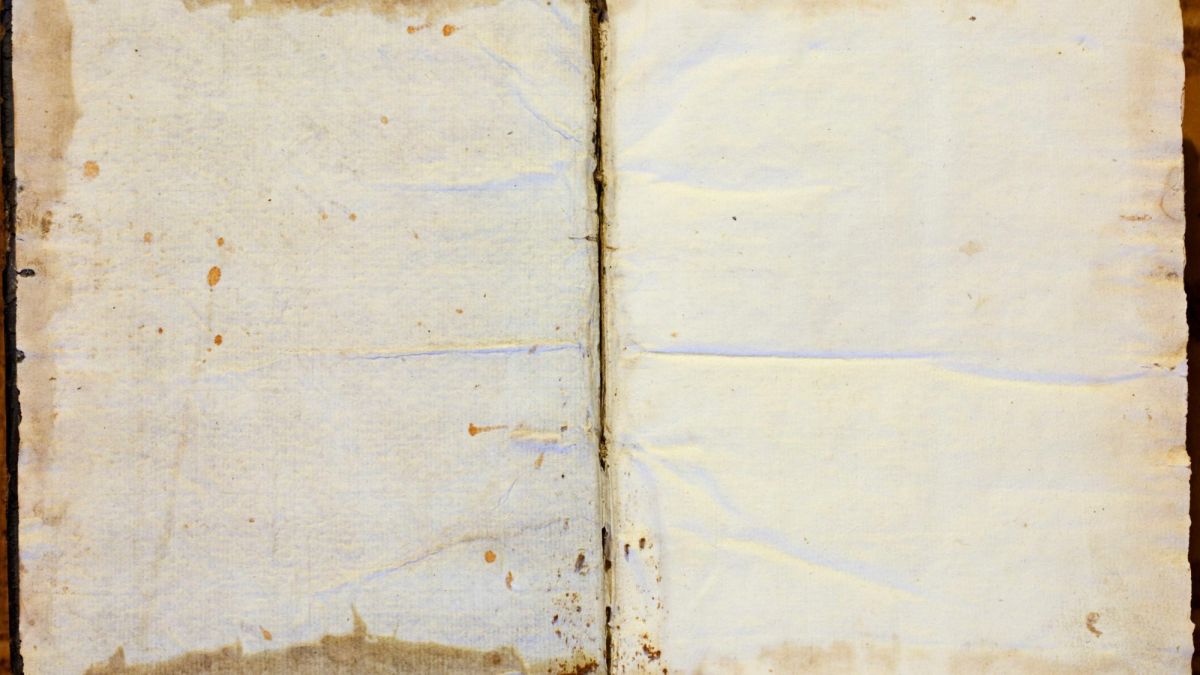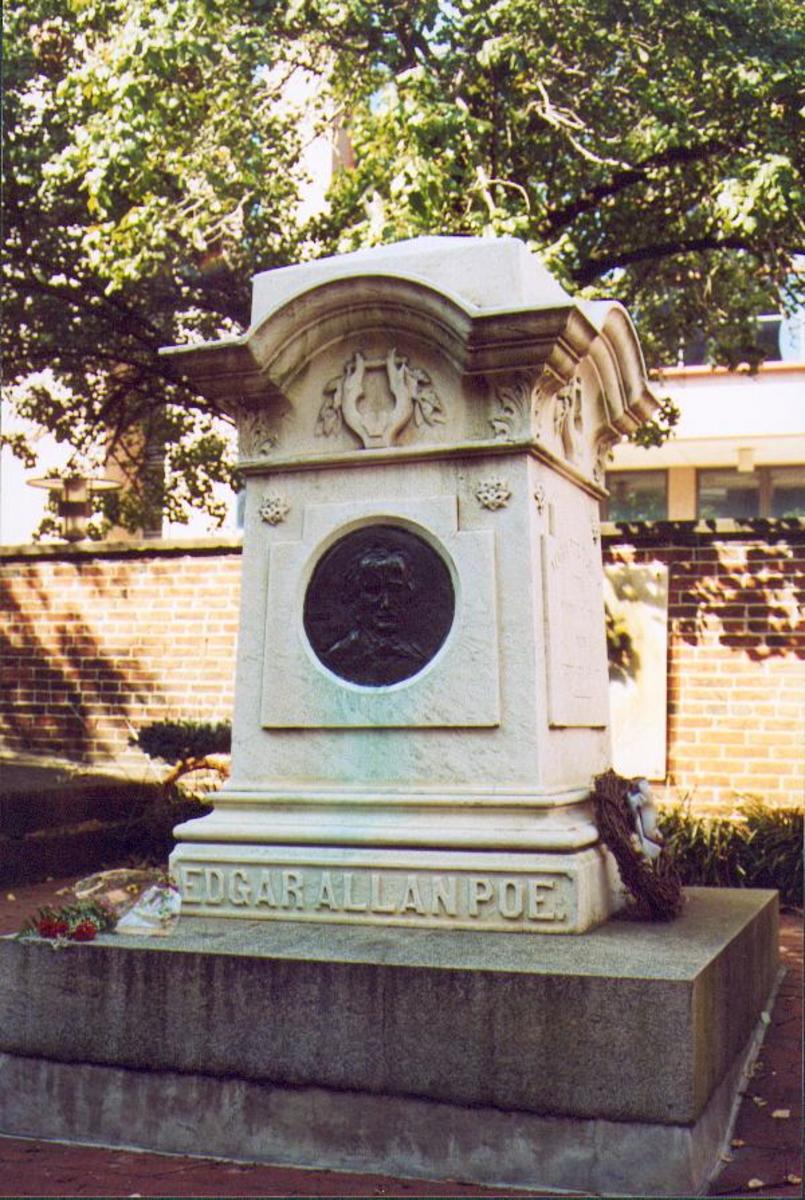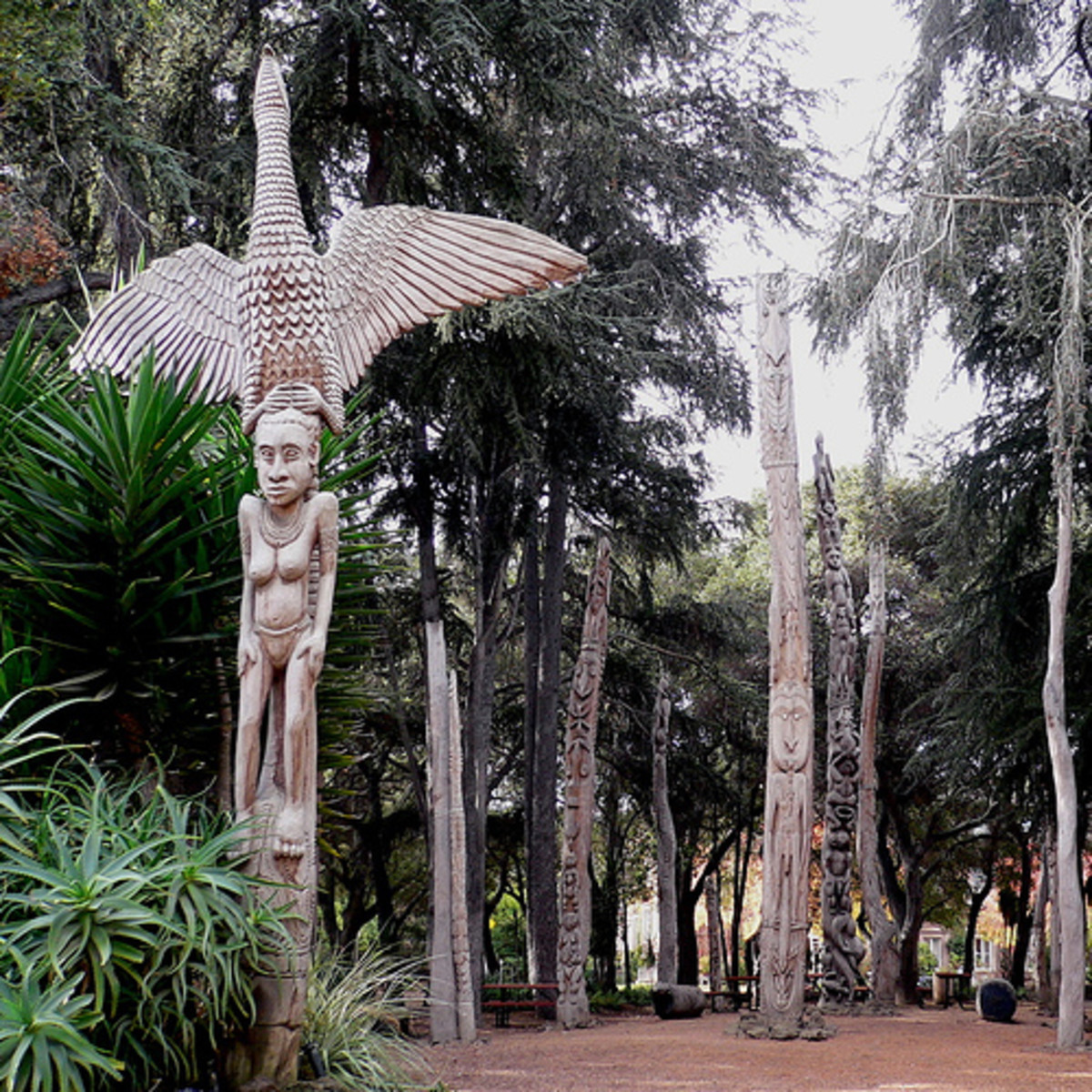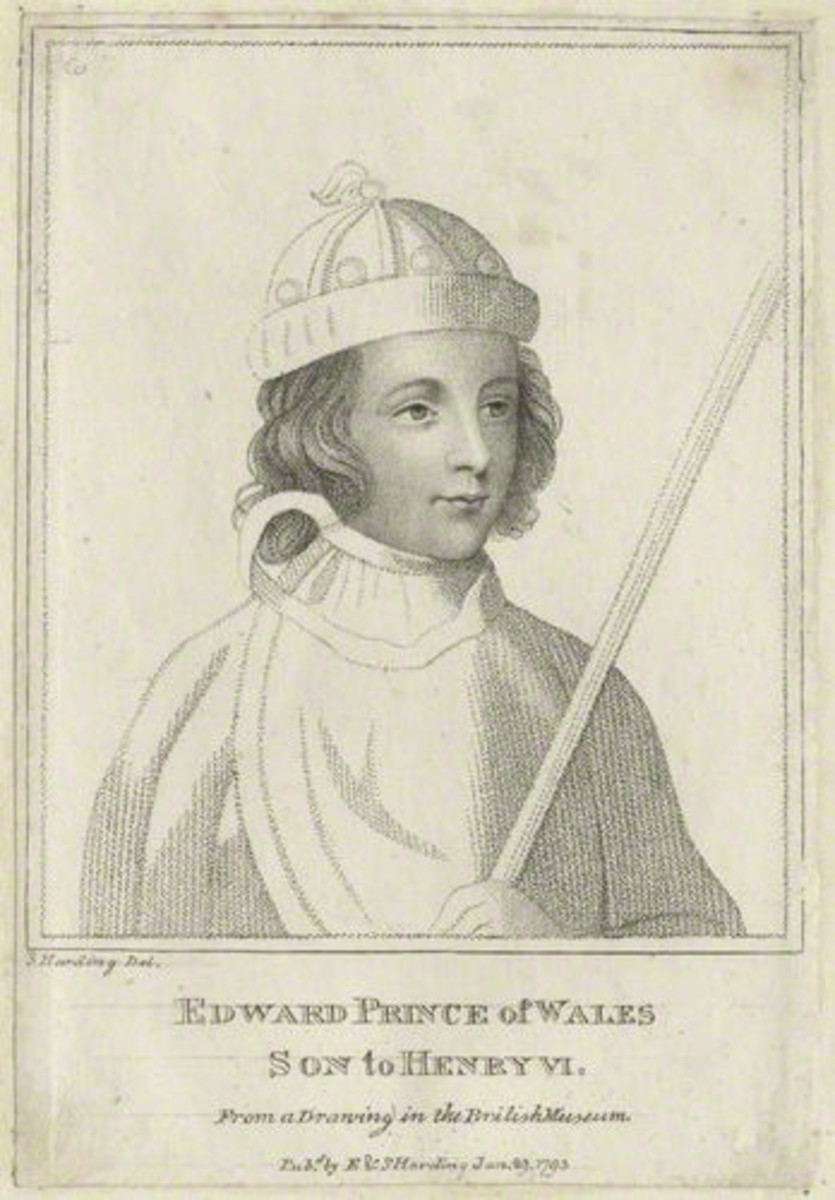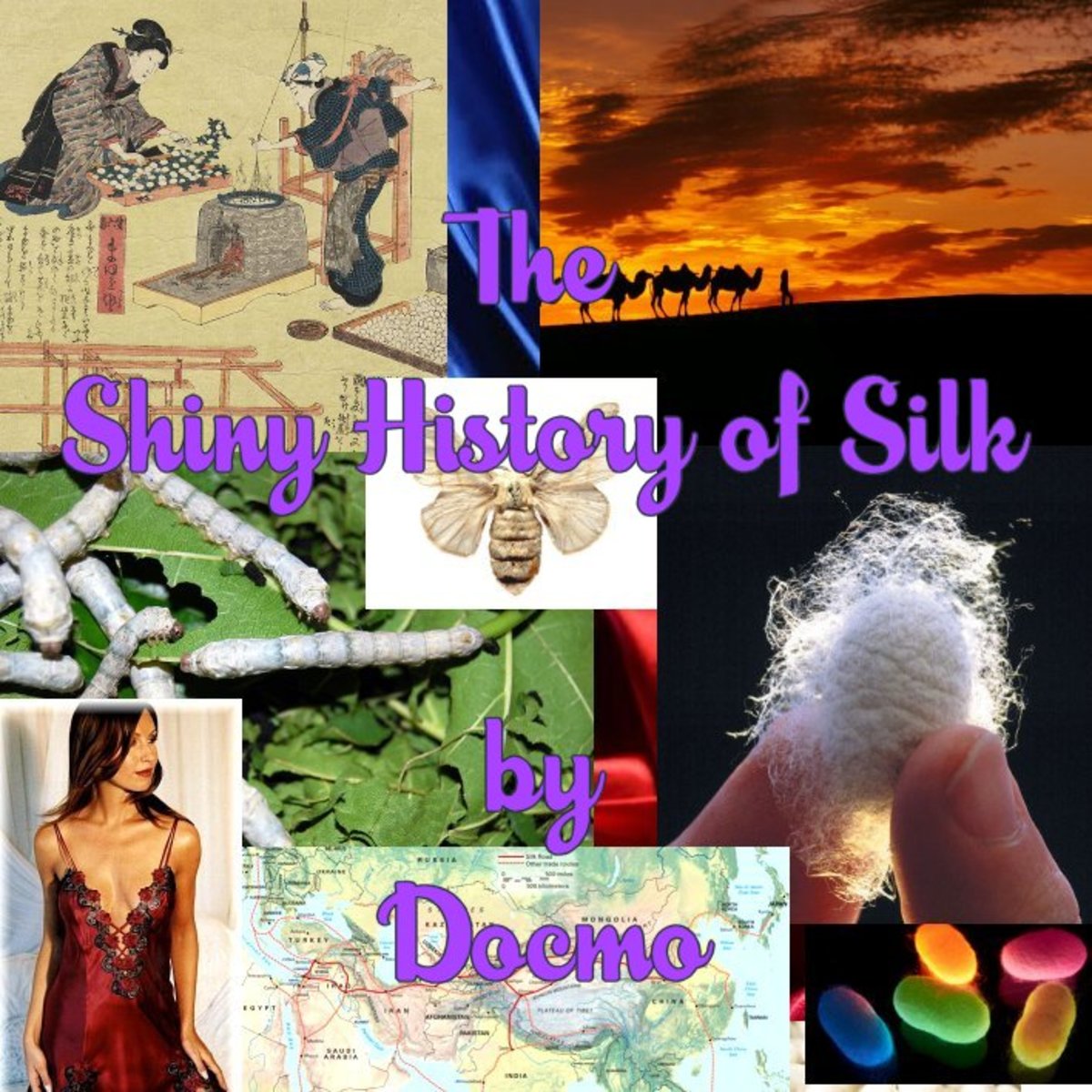5 World’s Unsolved Mysteries
The Voynich Manuscript
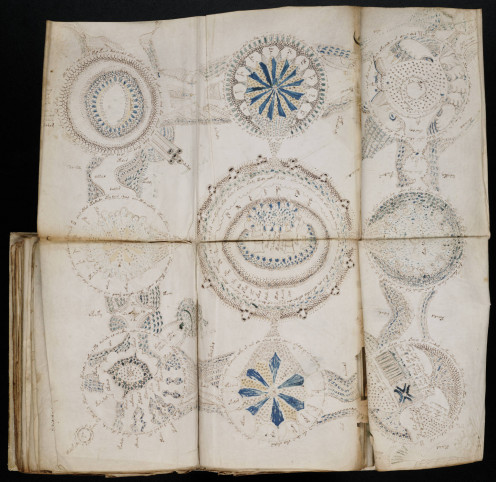
The Voynich Manuscript
This manuscript got its name after Wilfrid M. Voynich, an American originated in Poland, specialized in buying and selling old books. He bought the manuscript in 1912. Although being smaller than a regular book, it still has 240 pages and the scientists are amazed about the language used, which remained unknown even today. The pages are full of strange drawings and diagrams (charts), stories about weird events and plants that don’t belong to any of the species that existed at that time or exist today. The author remains unknown, however, the tests pointed that the manuscript was written somewhere between 1404 and 1438.
According to some theories regarding the manuscript’s origin and nature, some think that it’s actually a pharmacopoeia meant to approach various medicine topics of those times. This opinion is sustained by numerous drawings representing plants. The same thing has led some to believe that an alchemist could be the author of the mysterious manuscript. As for the diagrams, their cosmic and astronomic origin determined lots of people to believe that the manuscript is extraterrestrial. However, a thing is sure: is not a fake.
Kryptos
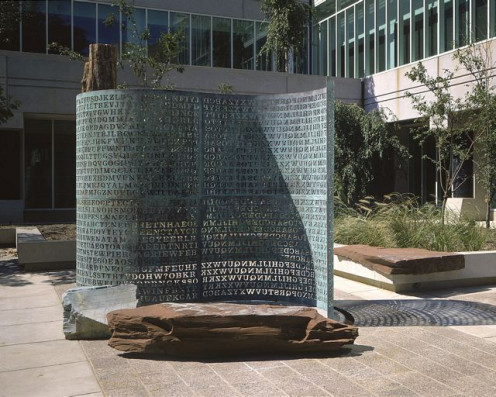
Kryptos
Kryptos is a mysterious sculpture made by the artist Jim Sanborn. It was placed in front of the CIA headquarter from Langley. The code is so complex that even the CIA agents couldn’t solve. The sculpture contains four inscriptions, three of them being already decoded. The fourth one remains a mystery.
Sanborn specified, in 2006, that the first three inscriptions contain clues for solving the fourth one. He offered another clue in 2010: 64-69 NYPVTT and the text BERLIN.
The sculptural ensemble, consisting of a corrugated copper board punctured with the encrypted message, several tablets with the Morse code engraved, a fountain and a compass quadrant, was placed in 1990 in front of CIA building from Langley, Virginia. When the agency decided to extend its headquarter, James Sanborn got the contract for the decorative piece which the officials wanted in the courtyard.
Because the work had to reflect the agency’s spirit and activity, Sanborn named it “Kryptos”, a term from ancient Greek meaning “hidden”, from which the word “cryptology” derivates. The cryptology is the science of encrypting and decrypting messages.
Therefore, Sanborn decided that his work should contain an encrypted message – a meditation on the intrinsic nature of secrecy and the illusion of truth.
When Sanborn started to work, he didn’t know much about this science. However, CIA asked Ed Scheidt, a freshly retired from the agency’s Cryptology Center, to help him. Ed got severe orders not to teach Jim the actual techniques used by the CIA and not to create a code that himself couldn’t break.
“The power of the secret is everything”, explains Sanborn. Today he is 63 and still keeps the solution secret. He tells stories about amateur or professional cryptologists that tried to snatch from him a little clue regarding the solution. However, after 20 years, he admits that he can’t remember the key or the message from the fourth section.
“Somehow, I would prefer to die knowing that the code wasn’t decrypted. Once a work of art loses its mystery, it loses everything”, says Sanborn.
Beale chipher
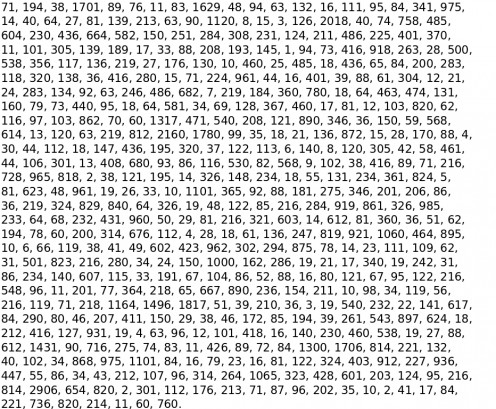
Beale ciphers
Beale ciphers consisted of a set of three encoded texts, which are said that offer hints over the place where the greatest treasure from USA is buried. Hundreds kilograms of gold, silver and jewelries. The treasure would have been obtained by the mysterious Thomas Jefferson Beale in 1818, while he was digging in Colorado. Only the second text was decrypted, the key being the Declaration of Independence text itself. It’s quite curious, if one takes into account that Beale has the same name with the one that has written the text.
The decrypted text shows that this treasure was buried in Bedford, but the final place remains unknown. By these days lots of treasure hunters dug to find the treasure, but none of them got lucky.
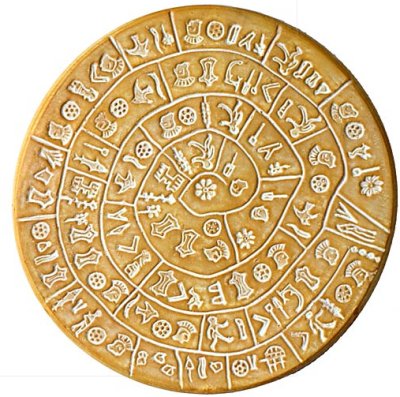
The Phaistos Disc
The mystery of this disc comes from a story that looks very much like a script for Indiana Jones kind of movies. In 1908, the Italian archaeologist Luigi Pernier discovers the disc working at the Minoan Palace of Phaistos site. The disc is made of burnt clay and contains mysterious symbols, an unknown type of hieroglyphs. It is believed that the disc was made somewhere in the second millennium after Christ, and experts believe that writing is the one used in ancient Crete. There is one problem, though: this kind of writing is impossible to decipher.
Imagine, if you like, that a team of archaeologists digs, in year 6000, into an ancient city from the twentieth century. Over 4000 years, most of paper and even plastic is degraded. A fluke makes the archaeologists to find a limped piece of paper, stored into an aluminum foil.
It is meticulously cleaned and subjected to the most sophisticated scans that reveal the following text:
2 TP rolls
2 spaghetti cups
1 fritos bag
6 bananas
1 box of cheerios
1 liter milk
Toothpaste
Could scientists translate the text and place it in the correct context as an ordinary and unimportant list for shopping? Maybe. Maybe not.
Chances are that English to be replaced by another dialect and even greater chance that the function and need for shopping lists to be difficult to understand.
A similar dilemma exists in our quest to understand the Phaistos Disc.
The disc is made from a 15 cm piece of clay with round shape. It was decorated with inlaid 241 images on both sides in a spiral pattern and then burned to make it hard and permanent.
According to mythology, Phaistos was the residence of King Radamanthys, brother of King Minos. It was also the city where the sage and prophet Epimenidis was born, one of the seven sages of the ancient world.
Examining the disc reveals a total of 45 different symbols that are often repeated for a total of 241 symbols. Analysis shows that the symbols were made with various forms impregnated into the soft clay in a spiral pattern from the center outwards.
The fact that there are 45 different symbols suggests that the language uses symbols to represent unknown combinations of consonants and vowels.
Probably the best and most profound study published so far on the "language" of the Phaistos Disc, is the Rev. Kevin Massey’s and his twin brother, Dr. Keith Massey’s “Mysteries of History! Solved!”, published in 2000 by Massey Electronic Publishing.
Their results suggest that the 16 words that start with a thin or bold line are actually numbers. Their conclusion is that the Phaistos Disc, as well as many other examples of cuneiform, are mundane inventories that we look millennia later out of context.
Are they right? Only further research and confirmation will definitely tell.

The Shugborough Inscription
Shugborough inscription that appears on a stone monument, built between 1748 and 1763, is a sequence of letters: DOUOSVAVVM.
Along with this mysterious inscription carved in stone, is a representation of the famous painting of Nicolas Poussin: Arcadian Shepherds.
The monument was erected by the Flemish sculptor Peter Schoomaker, following the order of a British parliamentary, Thomas Anson.
Still, what is the message of the inscription?
Some people speculate that it is a coded clue left behind by the Knights Templar over the location of the Holy Grail.
The theory appears in the book “The Holy Blood and the Holy Grail”, which also suggests that Poussin was a member of a mysterious society known as the Priory of Sion and the painting contain hidden messages with important esoteric significance.
However, this theory was rejected by some critics as romantic or ridiculous, according to “The Telegraph”.
Another theory says that the inscription is actually a dedication of George Anson, brother of the British parliament, for his dead wife. In 1951, Morchard Bishop speculated that the letters are an acronym of the Latin phrase " Optimae Uxoris Optimae Sororis Viduus Amantissimus Vovit Virtutibus " - "The best of wives, the best of sisters, a devoted widower dedicates this monument to your virtues."
Dozens of theories of those who tried to decipher the inscription have also taken into account a supposed message of love, a Latin translation of the famous phrases from Ecclesiast – “Vanity, vanity, all is vanity” as long as a reference to Saint Joseph.
One thing is for sure: none of the explanations offered by experts in the last 250 years succeeded to convince skeptics that the mystery has been solved.
© 2015 Adrian Gavrila

